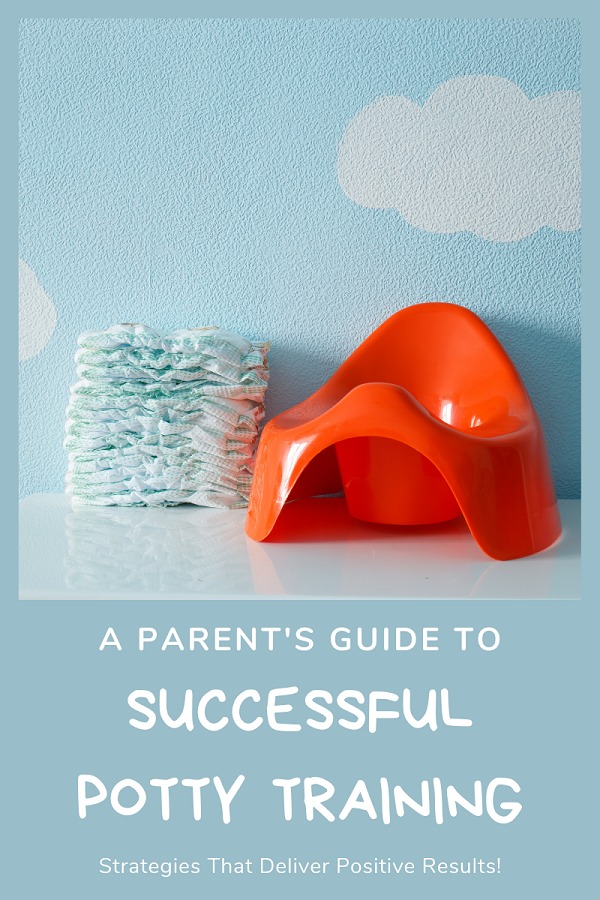
Having A potty-trained child is a battle we all want to conquer pretty early as parents, in fact, it seems to be more of a milestone for us than it is for our toddlers lol! Either way, it is certainly a victorious feeling knowing our heartbeats are no longer in diapers; I mean diapers are no longer apart of our shopping list. Our babies have joined the big kids club and will be heading off to school soon!
One of the key things to note before diving head-on into potty- training is waiting until your child is ready. Waiting for a time will most likely lead to a successfully potty trained child and less frustrated parents. While I will hasten to add that there is no perfect time, just like everything stage in your child’s development, you will see them maturing and developing. These overt changes will be evident as hints to start diaper weaning.
Using a potty might seem easy to us, but it is really a new skill that your child needs to learn, so go at their pace. They will learn to control their bladder and bowels when they are physically ready and bear in mind that every child is different, so resist the urge to make comparisons. Additionally, you will get giggles here and there while trying to get your child to go on a potty, but there are days when situations can go awry, and you will need to be patient during this learning process.
What are some tell-tale signs that your child is ready to start potty- training?
- Your child has fewer wet diapers- At around age two you will notice your toddler will remain dry most of the day, even after naps.
- You can predict the timing of your child’s poos- Your child may start making poos mid-mornings or evenings, by age one most children have stopped doing poos at night. As a result, your ability to identify their pattern will help you get your child on the potty before they can go in their diaper.
- Your child moves to a corner to poo.
- Your child announces when they need to make a poo.
If your child is exhibiting one or more of these signs, it’s time to start potty-training. We started our potty-training journey when our son was two and a half years old, but there is really no perfect time.
The Potty-Training Process
Start by encouraging the behaviors you want in your child and be consistent. We skipped the pull-ups phase in our potty- training journey and went on to briefs since our aim was to eliminate diapers. Look out for books, potties, and trainer briefs that made our journey a lot more bearable.
- Potty training books– Once we knew we were ready to start potty-training, we introduced our son to the concept using books reading him potty training stories. Our son loved The Potty Book For Boys by Alyssa Satin Capucilli; there is also The potty Book For Girls By the same Author. These books helped to make the journey more relatable and, for us, made our son a bit more compliant. Reading was an introduced we introduced at birth to our son and this cognitive activity has accelerated his word count, communication skills, interaction and he now has an affinity for books. Check out this post on activities that can help your toddler thrive.
- Purchase cotton briefs– We started potty- training using cotton briefs, we wanted our son to get accustomed to wearing his brief as it would be his new norm. So he wore briefs over his diapers as an introduction to the concept; these he wore to daycare and or while at home. This may sound like a bit much but he loved them and looked forward to wearing them. We purchased briefs with characters he identified with for example construction equipment (tractor, bulldozers, etc.). At this point our conversations we more about using the potty instead of his diaper whenever he wanted to pee or for poo-poos. We started with the toddler pee training underpants that is designed with an absorbent lining but were quickly outgrown at which point we transitioned to cotton briefs. See Samples:


- Leave potty in plain sight– When we first began, we kept a potty in our living room, yes!. That’s where our son was most of the day, and there was almost more room to work on getting him to sit on the potty as we saw his cues. Some days were better than others, and of course, getting him to make poopoo in the potty was a lot easier, but once we developed a pattern, we had a lot more successful goes on the potty. We started having more go on the potty as he began using it more frequently during the training process, and we used every opportunity to praise his success. We ended up purchasing two potties for our son since he found our initial purchase uninteresting. It was a simple potty well designed and functioned as it should, but our son was never eager to use it. So my husband went out a purchased a car designed potty based on the fact that our son loves cars or anything with wheels for that matter, and that was a score! This potty was designed with handles, a splash guard, and doubles as a toilet training seat. Overall, we think it helped his compliance rate; either way, as long as he wanted to use it, we were both relieved and happy!
- Wearing fewer clothes– It was a lot more practical to have our son wearing just a diaper or a diaper and t-shirt around the house. This made getting him on the potty a lot quicker; by observing his cues, we could tell he was ready to use the potty.
- Lead by example– Kids emulate behaviors displayed by parents, which a good reason for us to show them behaviors worth emulating. Somedays, we took the time to show our son how to use the toilet from sitting down to pee or for poopoo, flushing, and handwashing. As he demonstrated control over his bladder and bowels, we got him a dedicated training toilet seat so he could sit comfortably on the toilet whenever he did. This proved to be one of the most effective techniques; he started feeling comfortable sitting on the toilet and was excited flushing his waste, and boy was he fascinated with flushing his poo- poo.
- Potty in the bathroom– Once we were at the phase in potty training where our son started communicating his urge to pee or poo, we moved his potty to the bathroom. You may ask, why not just let him use the toilet, he is a lot more comfortable sitting on the potty, and he needs very little assistance sitting on it. It also serves as a learning process; this way, he is a part of the cleanup process, flushing his waste, and then learning to wash his hands.
With patience and persistence, your child will learn how to control both their bowels and bladder and us the potty. Use your child cues as a guide to starting potty- training and encourage the use of the potty by making it easily accessible for use. May the potty training journey fun, praise your child’s efforts and success in potty use. I have created a Free Potty training rewards chart to help keep your child encouraged. I have found that our potty training process was like a breeze by waiting for signs of readiness from your toddler.

I hope you have found value from this post; if you have a different experience with potty-training, please share in the comment section below.
Cheers!

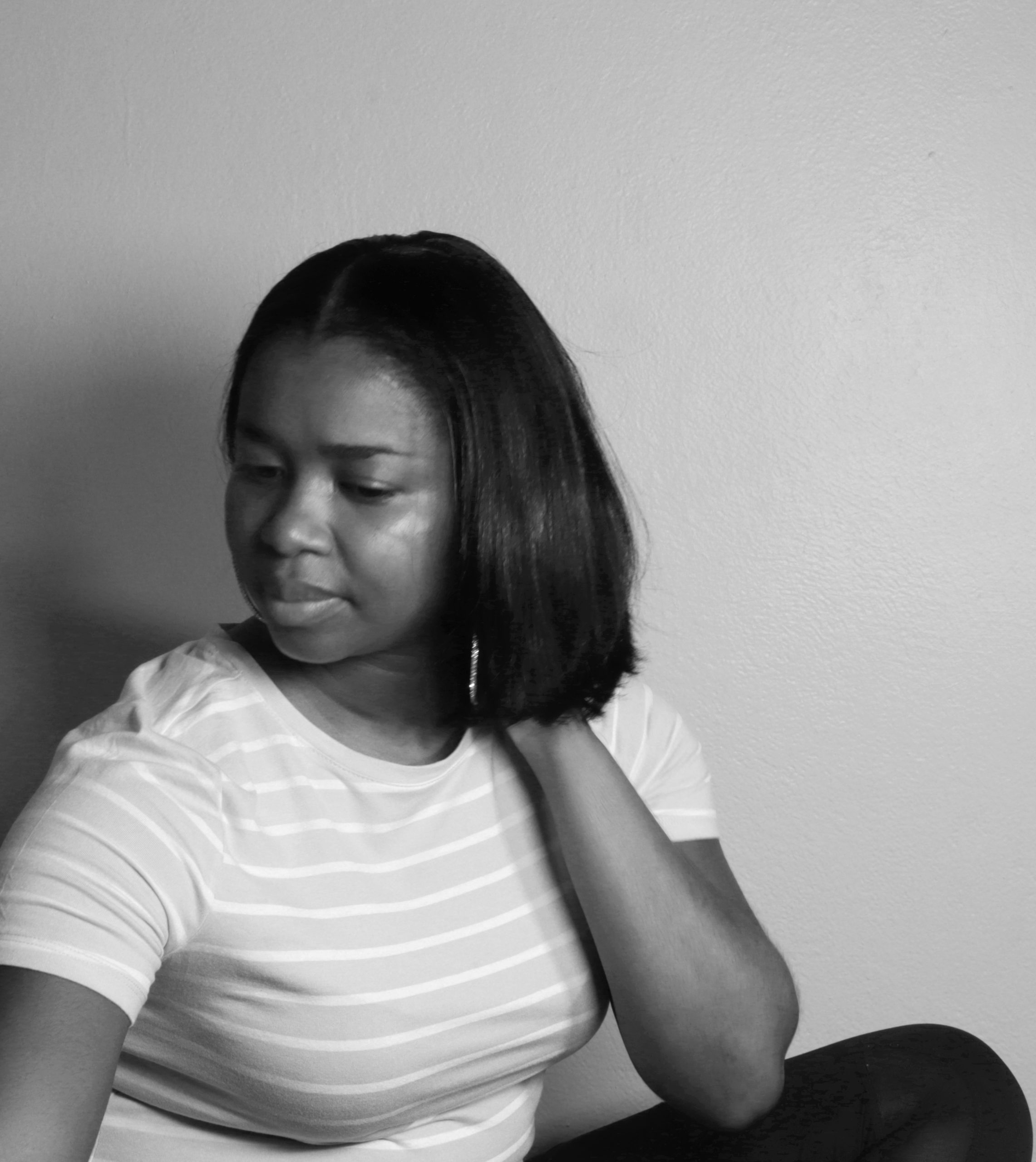
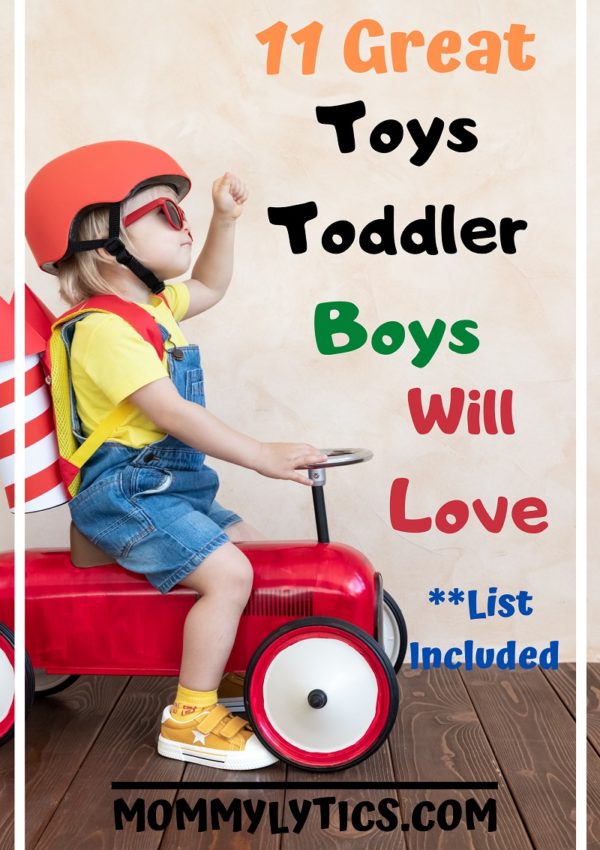
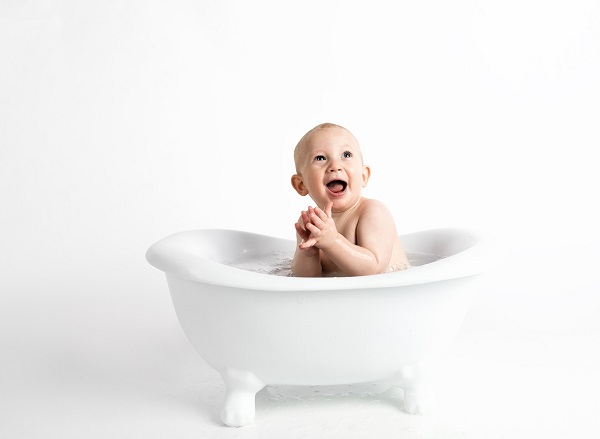
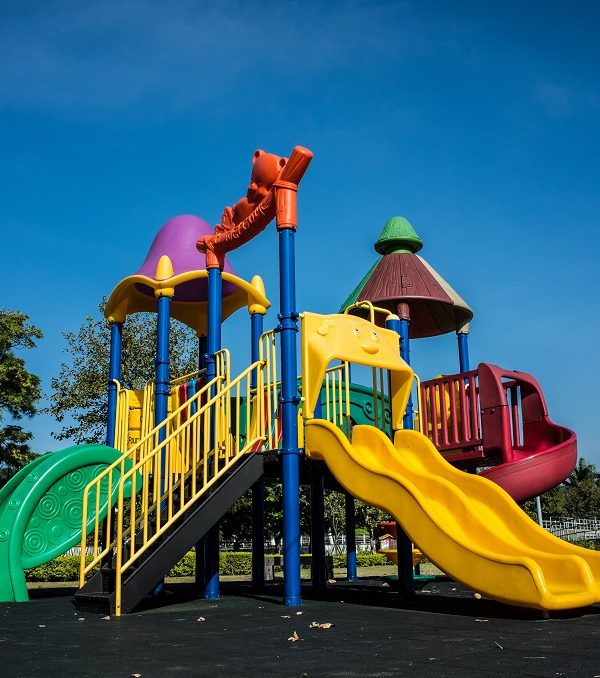

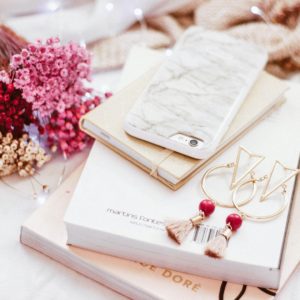

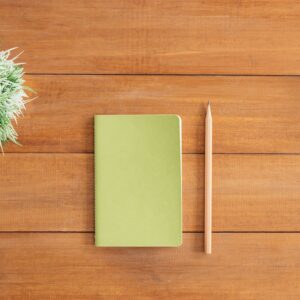
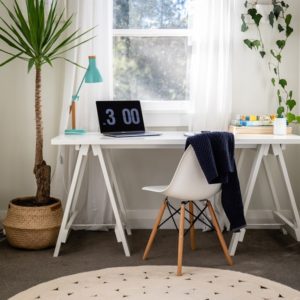
Leave a Reply